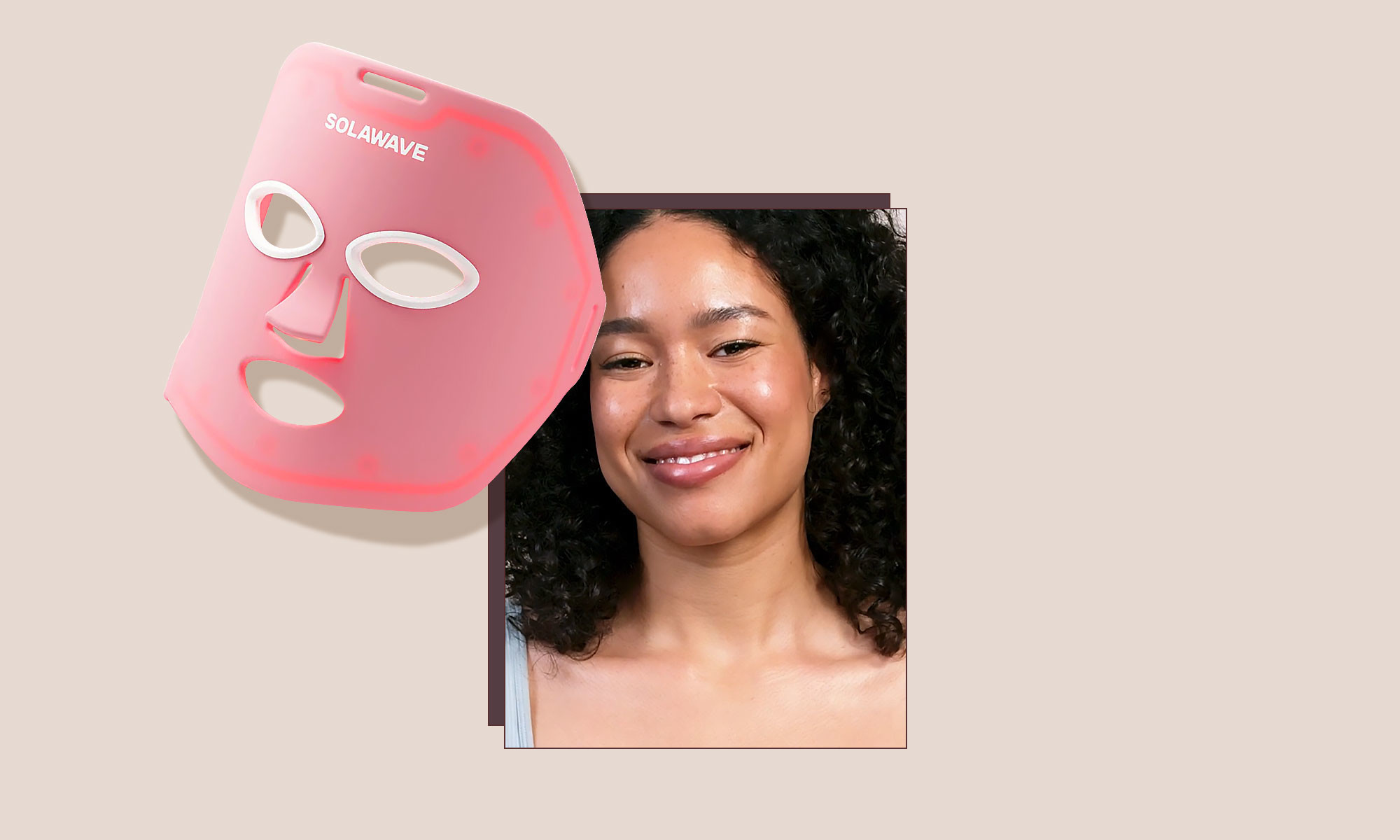Advertisement
This ad is displayed using third party content and we do not control its accessibility features.BeautyWhat The Research Says About Fasting-Mimicking Diet (FMD) & Skin Texture
Author: Alexandra EnglerMay 01, 2024mbg Beauty DirectorBy Alexandra Englermbg Beauty DirectorAlexandra Engler is the beauty director at mindbodygreen and host of the beauty podcast Clean Beauty School. Previously, she's held beauty roles at Harper's Bazaar, Marie Claire, SELF, and Cosmopolitan; her byline has appeared in Esquire, Sports Illustrated, and Allure.com.Image by Liliya Rodnikova / StocksyMay 01, 2024We carefully vet all products and services featured on mindbodygreen using our commerce guidelines. Our selections are never influenced by the commissions earned from our links.What we eat—and how we eat—influences our skin health. We know from research, for example, that inflammatory diets can trigger acne and other inflammatory conditions such as eczema or psoriasis. Or we also know that high-sugar consumption may lead to collagen breakdown.
On the other hand, we know that eating an antioxidant-rich diet can help reduce wrinkles and dark spots and support skin hydration.
Another area of interesting research is all about how fasting can influence the skin. Previously we've discussed that intermittent fasting can improve skin tone, texture, and appearance—which is largely attributed to "autophagy."
"Fasting not only reboots the gut microbiome, which helps [support a balanced inflammatory response] and improve skin health, but it also stimulates autophagy, our cells' self-cleansing process that breaks down and recycles damaged molecules and cellular organelles, which contributes to cell longevity," board-certified dermatologist Keira Barr, M.D., once shared with mbg.
Well, it turns out that there may be another way to get those benefits—without having to fast.
Research says fasting-mimicking diets may improve skin health
A randomized control trial published last year in the Journal of Clinical Medicine1 looked at fasting-mimicking dieting (FMD) and its influence on skin health in a group of 45 healthy women between the ages of 35 and 60.
Since previous research looked at the skin benefits of fasting, the aim of this study was to find out if individuals can experience similar benefits without having to fast entirely.
"Is it possible to have skin health benefits from fasting without actually fasting? We've recently published a study on fasting-mimicking diets and its effects on various skin parameters in a group of healthy women," says naturopathic doctor Jessica Maloh, N.D., who specializes in integrative dermatology and research.
Maloh was also one of the authors of this study and walked us through the findings in this TikTok.
"So here, half the participants followed this fasting-mimicking diet for five days once a month for three consecutive months as part of this protocol," she says. "They were given specific dietary items during those five days like soups, teas, crackers, olives, and the others in the study didn't receive any specific diet or dietary items and instead were instructed to just follow their normal eating habits."
While Maloh didn't get into the specifics of FMD, cardiologist Joel Kahn, M.D., has previously explained to us that the "diet decreases calories to 1,100 on the first day and then to around 800 the next four days for five days overall. The nutrients are key and include plant-based whole foods like nuts, olives, teas, and soup mixes that contain 55% calories from fat, 35% from carbohydrates, and 10% from protein."
An aside on FMD:
The diet, developed by Valter Longo, Ph.D., at the USC Longevity Institute, essentially mimics the effects of fasting without entirely eliminating food. On the plan, you decrease calories to around 1,100 on the first day, then to around 800 the next four days (while eating specific, lower-carb, nutrient-dense whole foods). The point of this program is to mimic the physiological and metabolic effects of fasting, including the cellular "housekeeping" process of autophagy.And interestingly, FMD has been shown via research to have several whole-body health benefits. For example, research has shown that it can help cognitive health and may reduce the risk of Alzheimer's disease2.
Another study found that the diet may reduce cardiometabolic risk factors and may even change biomarkers of biological age3, indicating a slower aging process.
Well, it turns out that FMD was also beneficial for skin health: "The findings suggest that following this fasting-mimicking protocol may help to support skin hydration and skin texture," she says.
"For example, at day 11 those in the treatment group had a significantly greater percent increase in skin hydration relative to the control. And the maintenance of skin texture was found in the fasting group relative to the control, who experienced an increase in skin roughness."
Not to mention, these women reported improvements to their mental well-being and self-esteem, namely happiness and confidence (and the link between skin and mental health4 is well documented, thanks to the brain-skin connection).
However, Maloh notes that more work is needed in this area of research to confirm these findings. "Overall this trial serves as a pilot study, and more research will be needed, but if you're interested in learning more of the ins and outs of the protocol, and if it's right for you, speak to your health care provider," she says.
The takeaway
Eating habits influence skin health—for the worse or better. One diet that's been shown to be beneficial for skin health, texture, hydration, and tone is a fasting-mimicking diet.
FMD is an eating protocol that's aimed to spur autophagy in the skin cells for cellular cleanup and renewal. This way, folks who may not be able to participate in fasting diets can still get some of the benefits.



:max_bytes(150000):strip_icc()/Shape-Skin-Awards-Lead-Tout-ac55fb4163de40e7be7d97017f36e441.jpg)